Researchers at Washington University School of Medicine in St. Louis have linked disease-related proteins and genes to identify specific cellular pathways responsible for Alzheimer’s genesis and progression. The proteins were gathered from cerebrospinal fluid and are a good proxy for activity in the brain. Several of them may be potential targets for therapies.
Tag: Gene
Genomic dark matter solves butterfly evolutionary riddle
New study reveals how an unexpected genetic mechanism influences the evolution of butterfly wing coloration.
Rutgers Health Researchers Profile Clinical, Gene and Protein Changes in ‘Brain Fog’ From Long COVID
Scientists examined cognitive impairment and recovery time in patients following COVID-19 infection.
Penn Medicine at the American Society of Gene and Cell Therapy 27th Annual Meeting
Researchers from the Gene Therapy Program (GTP) at the Perelman School of Medicine at the University of Pennsylvania will present ten research abstracts, two invited talks, and a workshop presentation highlighting their translational science and discovery research on gene therapy, gene editing, and adeno-associated virus (AAV) vector technology at the American Society of Cell and Gene Therapy (ASGCT) 27th Annual Meeting on May 7 – 11, 2024 in Baltimore, Maryland.

Common HIV treatments may aid Alzheimer’s disease patients
Scientists at Sanford Burnham Prebys have now identified promising real-world links between common HIV drugs and a reduced incidence of Alzheimer’s disease. The study, led by Jerold Chun, M.D., Ph.D., was published in Pharmaceuticals.
Discovery of a subset of human short introns that are spliced out by a novel mechanism
Researchers confirm that the established pre-mRNA splicing mechanism that appears in textbooks cannot work in a subset of human short introns: A novel SAP30BP–RBM17 complex-dependent splicing has been uncovered.
Male fertility gene discovery reveals path to success for sperm
The discovery of a pair of genes that work in perfect harmony to protect male fertility, could provide new insights into some unexplained cases of the most severe form of infertility, research suggests.
Brain tumor treatment by targeting TUG1, a gene that controls replication stress
A new study has unravelled a crucial link between how cancer cells cope with replication stress and the role of Taurine Upregulated Gene 1 (TUG1). By targeting TUG1 with a drug, the researchers were able to control brain tumor growth in mice, suggesting a potential strategy to combat aggressive brain tumors such as glioblastomas.
Improved Gene Editing Method Could Power the Next Generation of Cell and Gene Therapies
A new approach to the genetic engineering of cells promises significant improvements in speed, efficiency, and reduction in cellular toxicity compared to current methods. The approach could also power the development of advanced cell therapies for cancers and other diseases, according to a study from researchers in the Perelman School of Medicine at the University of Pennsylvania.
Chula Researches “Tooth Loss” in Thai People- A Hereditary Condition Caused by Genetic Abnormalities
Chulalongkorn dental research reveals that Thais suffer more tooth loss than their foreign counterparts with 9 out of 100 Thais suffering the condition. One of the most important factors is hereditary gene abnormalities.
WVU researcher says gene discovery may lead to new tests, treatments for Alzheimer’s in women
Women make up two-thirds of Americans who have Alzheimer’s disease, yet scientists have yet to determine what makes them so susceptible to the condition. Bernard Schreurs, a researcher with the West Virginia University School of Medicine and Rockefeller Neuroscience Institute, directs the West Virginia Alzheimer’s…
New gene profiling technology reveals melanoma biomarkers
New technology used by UC Davis researchers has uncovered melanoma biomarkers expressed by specific tumor cells as well as neighboring cells in the so-called tumor microenvironment. The study results may help diagnose melanoma earlier when it is more treatable.
Scientists discover new genetic disease that delays brain development in children
Scientists have identified a new genetic disease, which causes some children’s brains to develop abnormally, resulting in delayed intellectual development.
Mouse Cell Studies Show That Correcting DNA Disorganization Could Aid Diagnosis and Treatment of Rare Inherited Diseases
Hopkins Medicine researchers say they have found that a protein that helps form a structural network under the surface of the cell’s “command center” — its nucleus — is key to ensuring that DNA inside it remains orderly.
Sex, Drugs, and Genes: Moral Attitudes Share a Genetic Basis
By studying both identical and fraternal twins, researchers suggest that largely the same heredity factors that influence openness to casual sex also influence a person’s moral views toward recreational drug use.
Regulator Proteins or Symphonies of Genes: Statistical Modeling Points Way Toward Unified Theory for DNA Folding
Researchers seek to point a way toward a unified theory for how DNA changes shape when expressing genes. Presenting their work in Biophysics Reviews, the scientists use an approach called statistical mechanics to explore the phenomenon of so-called expression waves of gene regulation.
Darwin’s short-beak enigma solved
University of Utah biologists discovered that a mutation in the ROR2 gene is linked to beak size reduction in numerous breeds of domestic pigeons. Surprisingly, different mutations in ROR2 also underlie a human disorder called Robinow syndrome. The ROR2 signaling pathway plays an important role in the craniofacial development of all vertebrates.
Single Gene Disorders Not So Simple After All
Traditionally, geneticists divide disorders into “simple,” where a single gene mutation causes disease, or complex, where mutations in many genes contribute modest amounts. A new study suggests that the truth is somewhere in between.
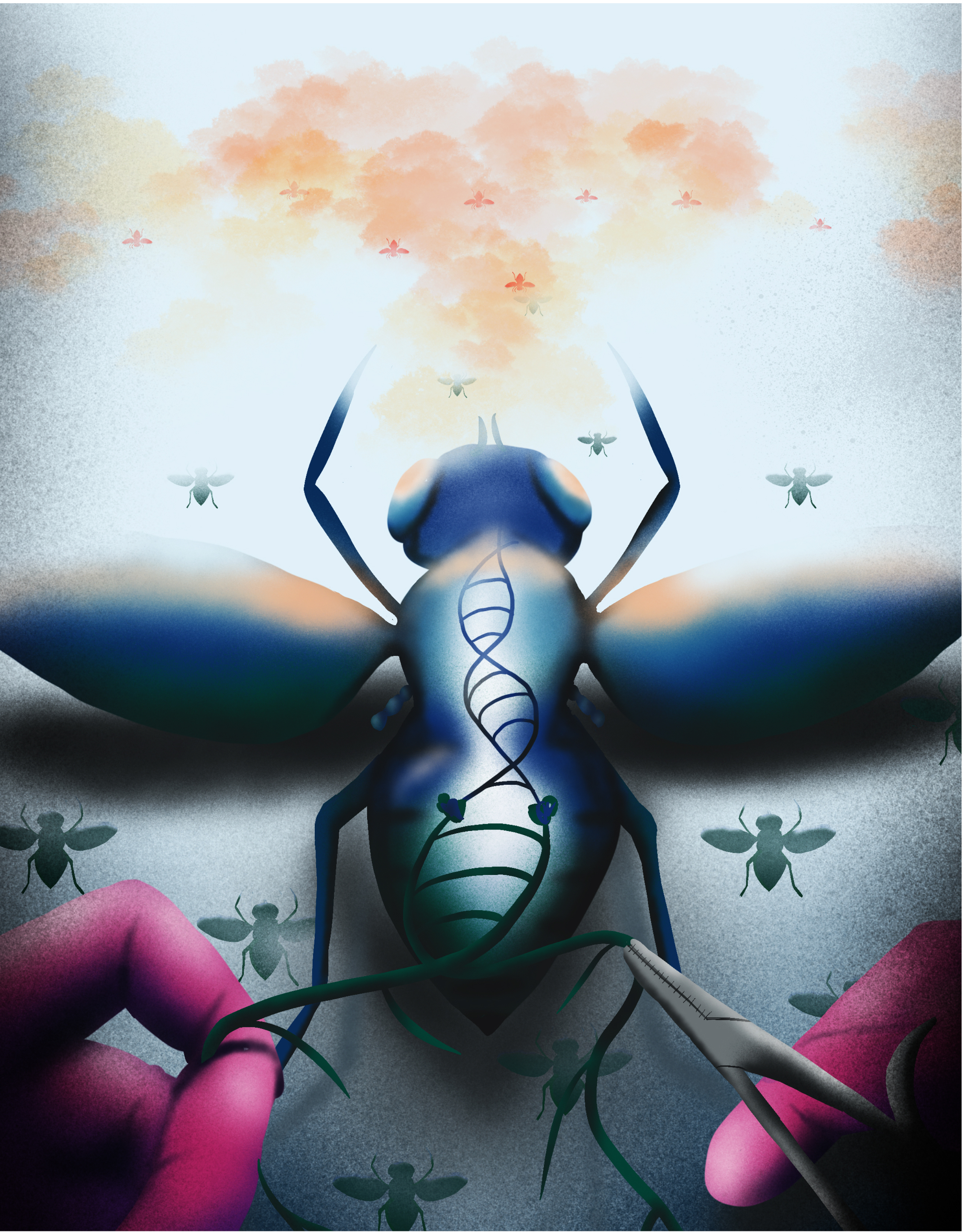
Biologists Create New Genetic Systems to Neutralize Gene Drives
Addressing concerns about gene drive releases in the wild, UC San Diego scientists and their colleagues have developed two new genetic systems that halt or eliminate gene drives after release. The details are published in the journal Molecular Cell.

Inherited genetic variant influences response to leukemia treatment for some children
St. Jude researchers showed that an inherited variant of the GATA3 gene is tied to minimal residual disease levels and response to therapy for acute lymphoblastic leukemia.
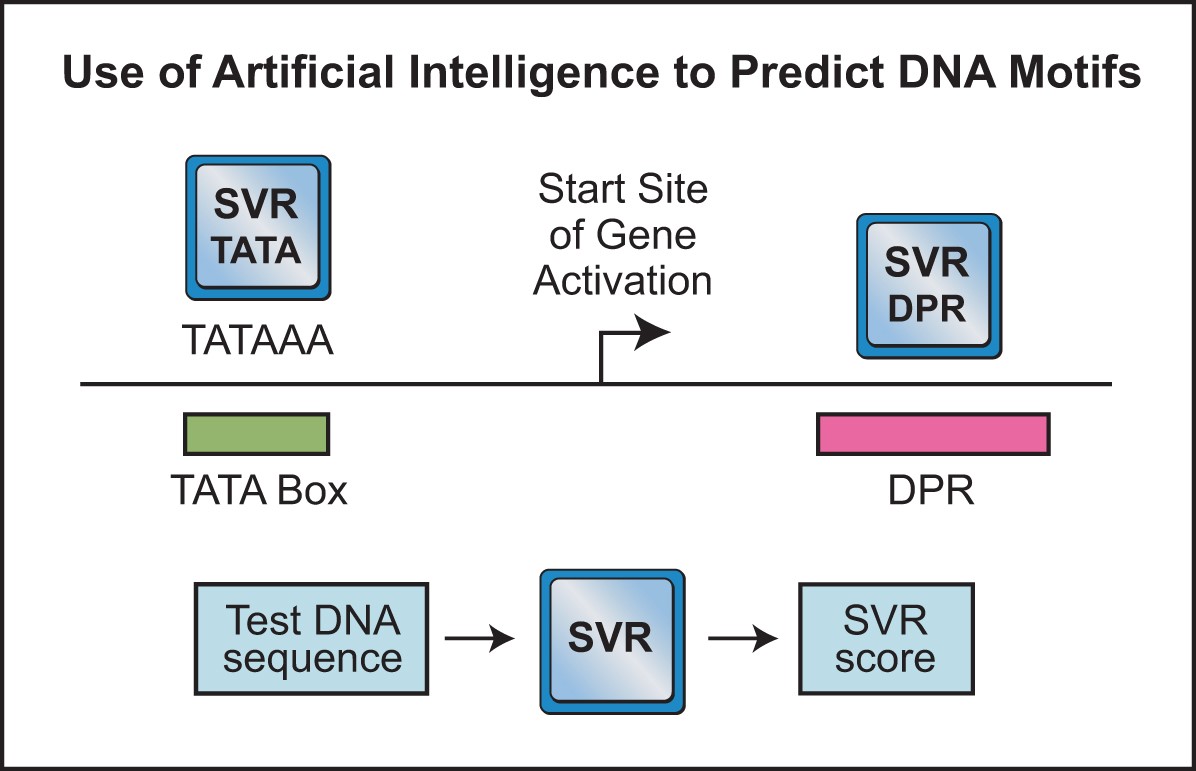
Artificial Intelligence Aids Gene Activation Discovery
With the aid of artificial intelligence, UC San Diego scientists have solved a long-standing puzzle in human gene activation. The discovery described in the journal Nature could be used to control gene activation in biotechnology and biomedical applications.
New Insights Into Why People With Down Syndrome Are At Higher Risk For Leukemia
Scientists from Stanley Manne Children’s Research Institute at Ann & Robert H. Lurie Children’s Hospital of Chicago were the first to examine endothelial cells – one of the main sources of blood production – for clues as to why people with Down syndrome have higher prevalence of leukemia. They identified a new set of genes that are overexpressed in endothelial cells of patients with Down syndrome. This creates an environment conducive to leukemia, which is characterized by uncontrolled development and growth of blood cells. Their findings, published in the journal Oncotarget, point to new potential targets for treatment and possibly prevention of leukemia, in people with Down syndrome and in the general population.

A New Way to Target Cancers Using ‘Synthetic Lethality’
Researchers at Ludwig Institute for Cancer Research and University of California San Diego School of Medicine report that inhibiting a key enzyme caused human cancer cells associated with two major types of breast and ovarian cancer to die and in mouse studies reduced tumor growth.
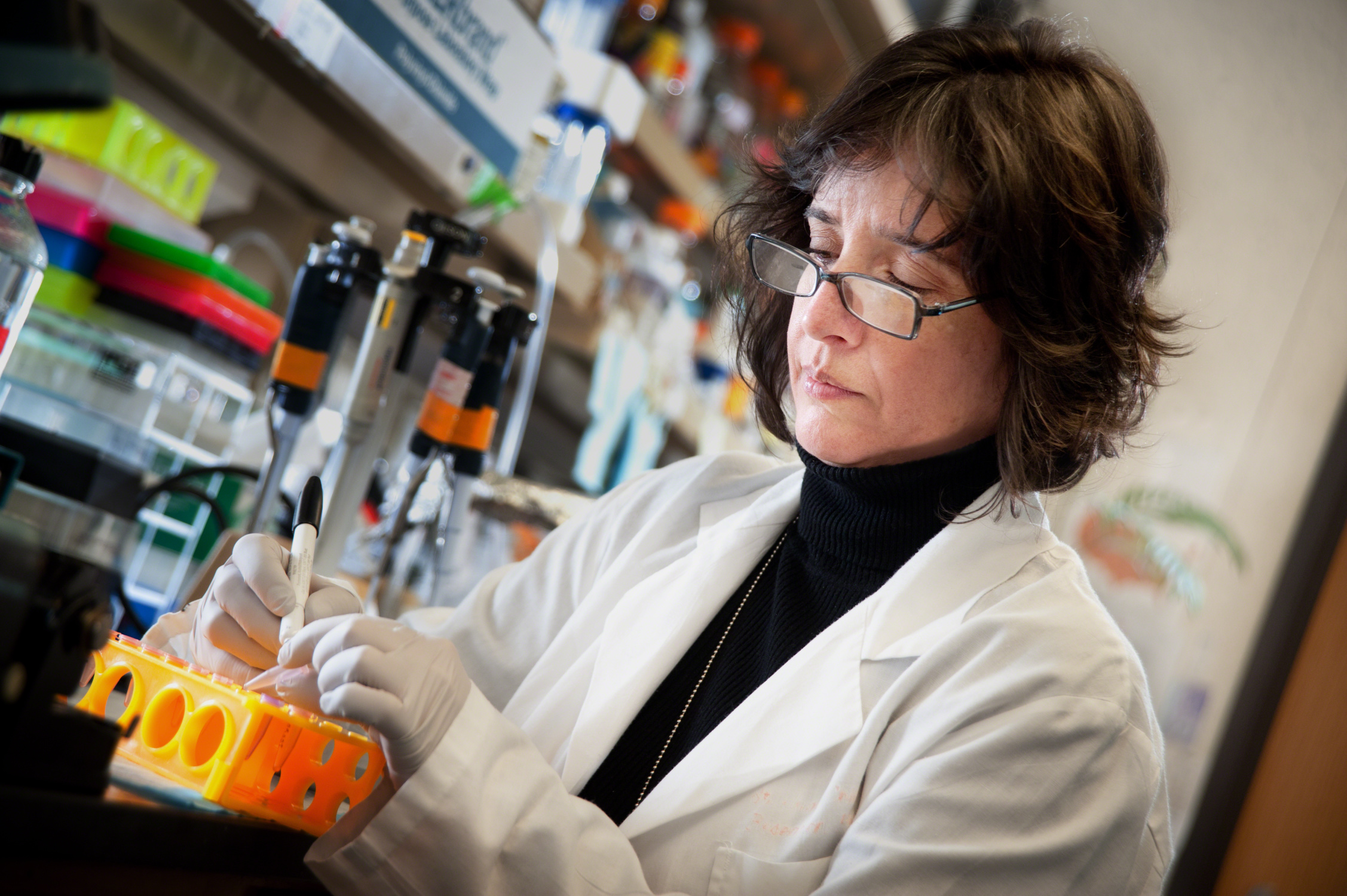
Inherited mutation found among Brazilians increases cancer risk
Genomic research helps explain why some people with a common TP53 mutation widespread in Brazil get cancer while others do not.
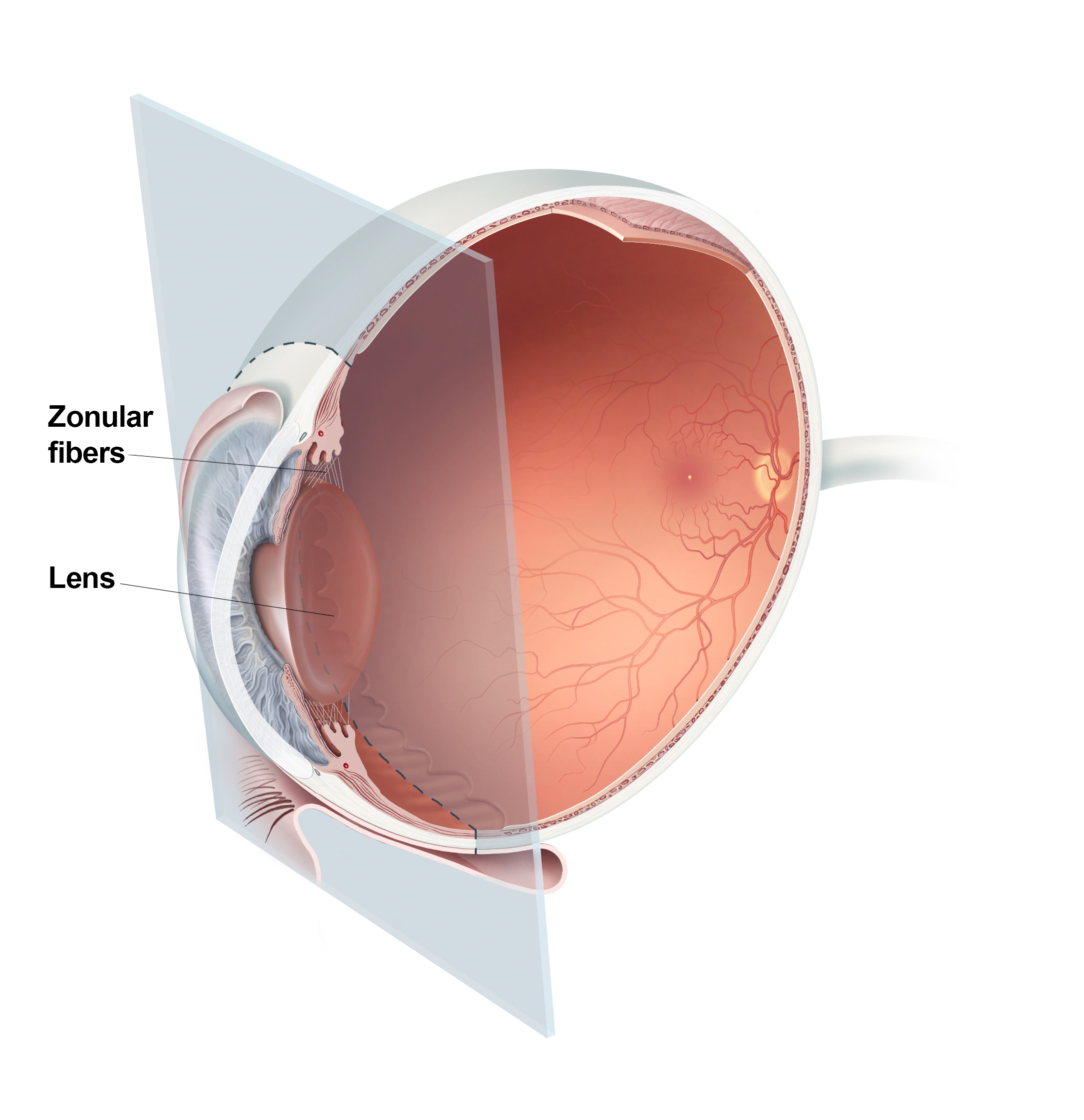
New research on Marfan syndrome focuses on eyes
New NEI-supported research provides insight into the eye conditions associated with Marfan syndrome, where weakened zonule fibers cause vision problems.
CICERO software enables detection of cancer-causing gene fusions
St. Jude Children’s Research Hospital software enables detection of previously unknown cancer-causing gene fusions, pointing the way to new treatments.
Major discovery in the genetics of Down syndrome
New research highlights the RCAN1 gene’s effect on memory and learning.
New High-Throughput Method to Study Gene Splicing at an Unprecedented Scale Reveals New Details About the Process
Genes are like instructions, but with options for building more than one thing. Daniel Larson, senior investigator at the National Cancer Institute, studies this gene “splicing” process, which happens in normal cells and goes awry in blood cancers like leukemia.
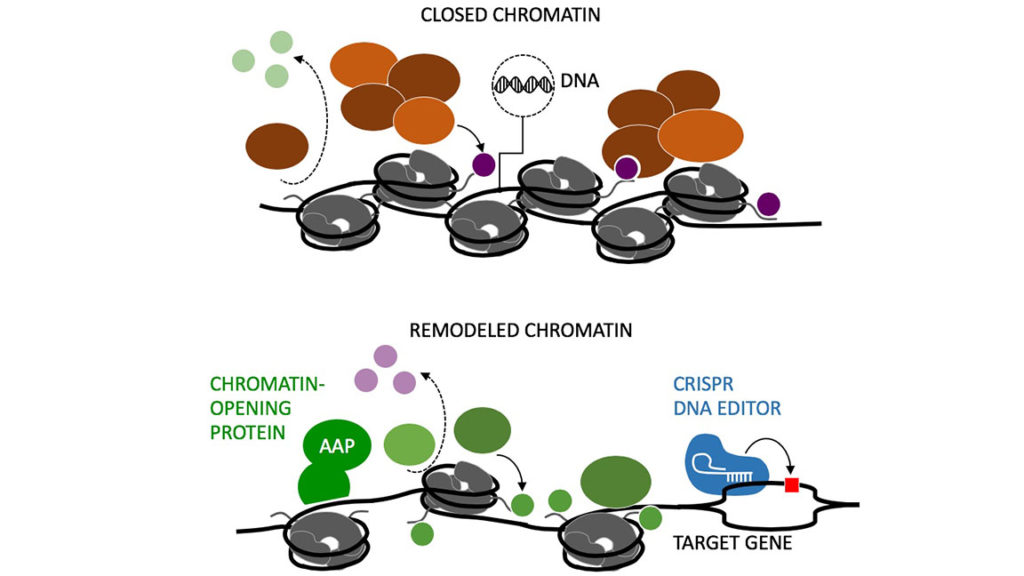
Opening Up DNA to Delete Disease
Protein editorial assistants are clearing the way for cut-and-paste DNA editors, like CRISPR, to access previously inaccessible genes of interest. Opening up these areas of the genetic code is critical to improving CRISPR efficiency and moving toward futuristic, genetic-based assaults on disease. The DNA-binding editorial assistants were devised by a U.S.-based team of bioengineers, who describe their design in APL Bioengineering.